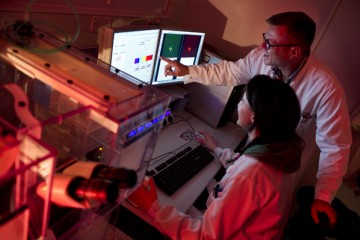Project grant
Reduction and refinement of murine models of bacterial infection

At a glance
Completed
Award date
January 2009 - March 2011
Grant amount
£276,759
Principal investigator
Professor Shiranee Sriskandan
Co-investigator(s)
Institute
Imperial College London
R
- Reduction
- Refinement
Read the abstract
View the grant profile on GtR
